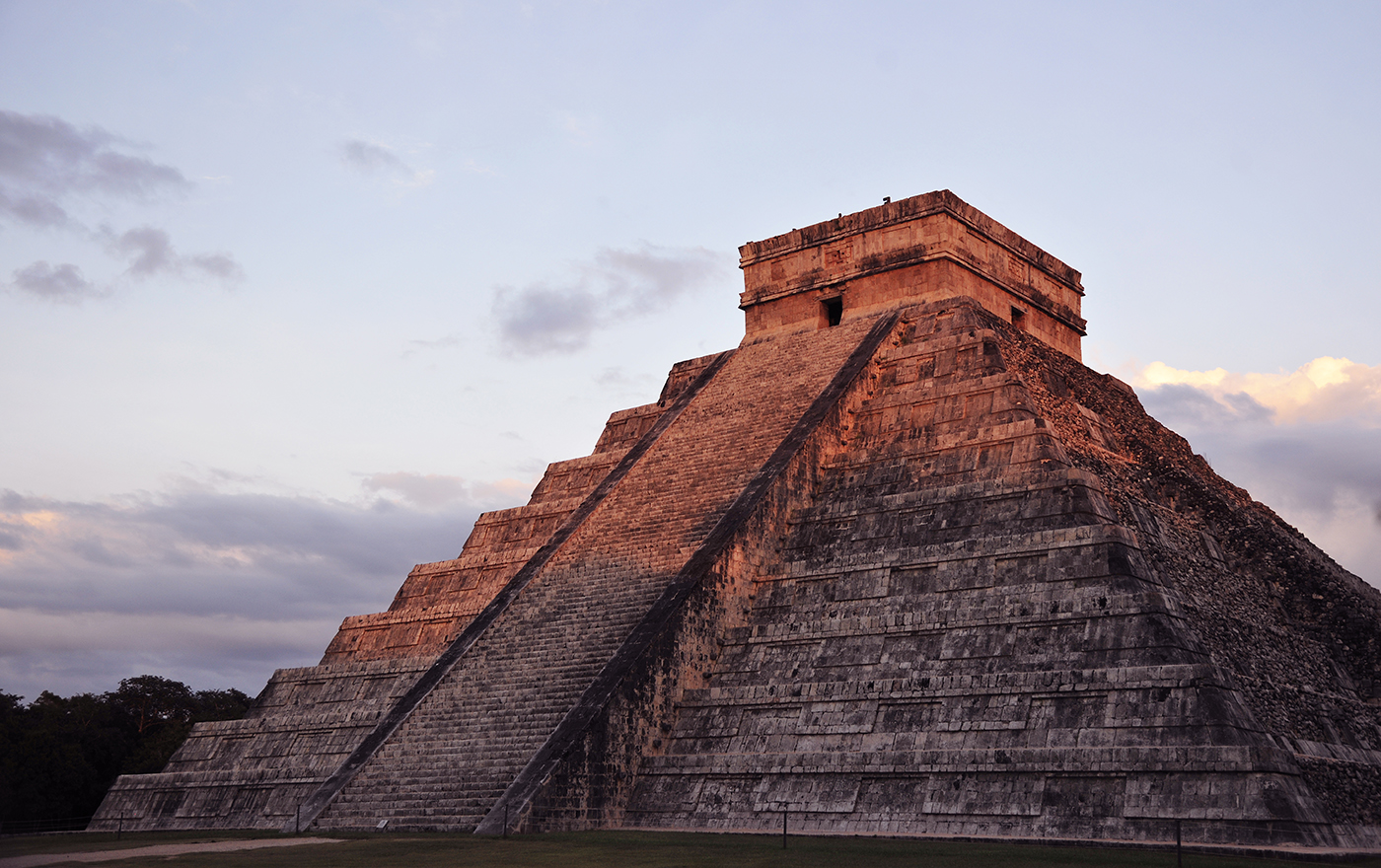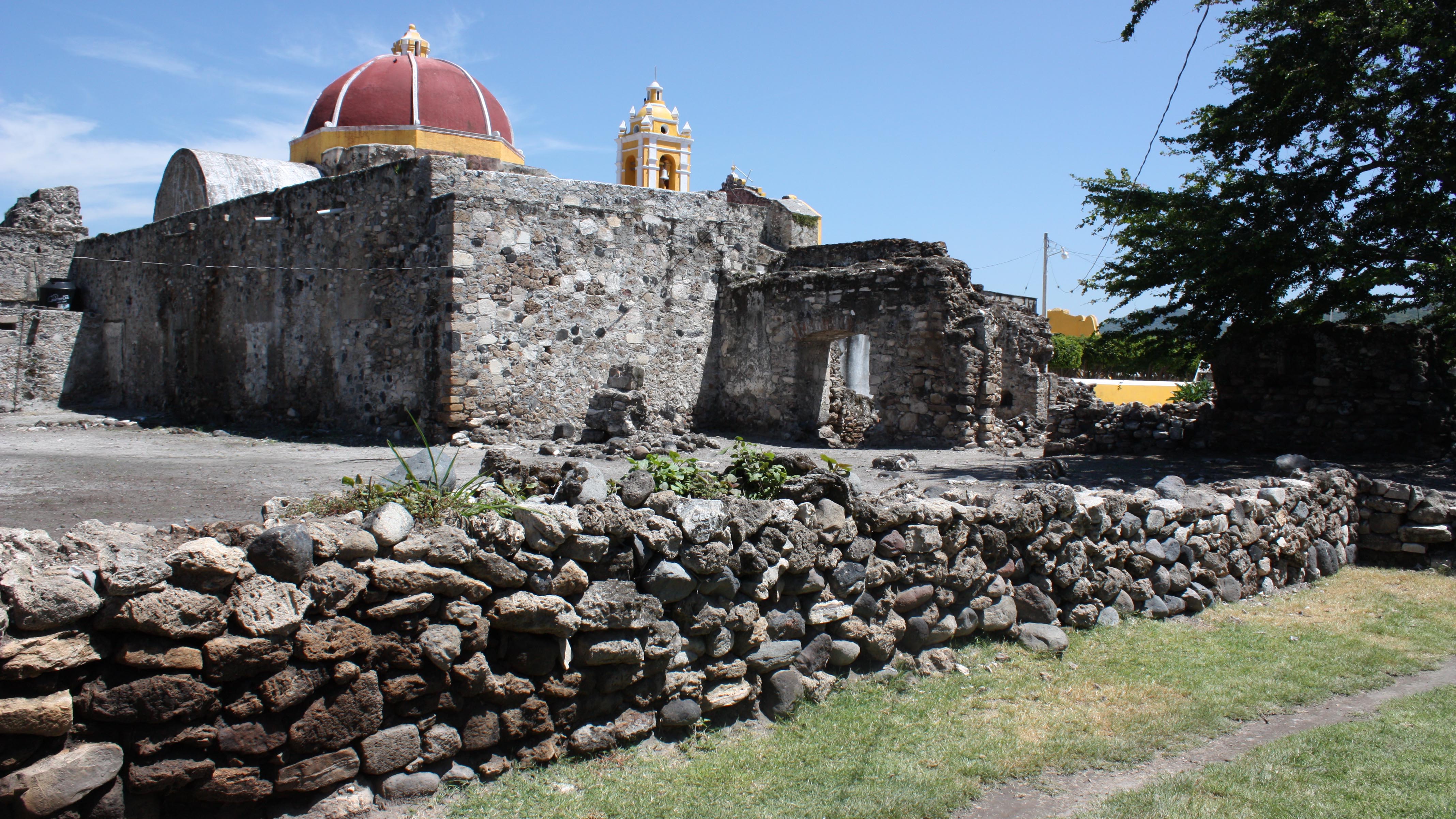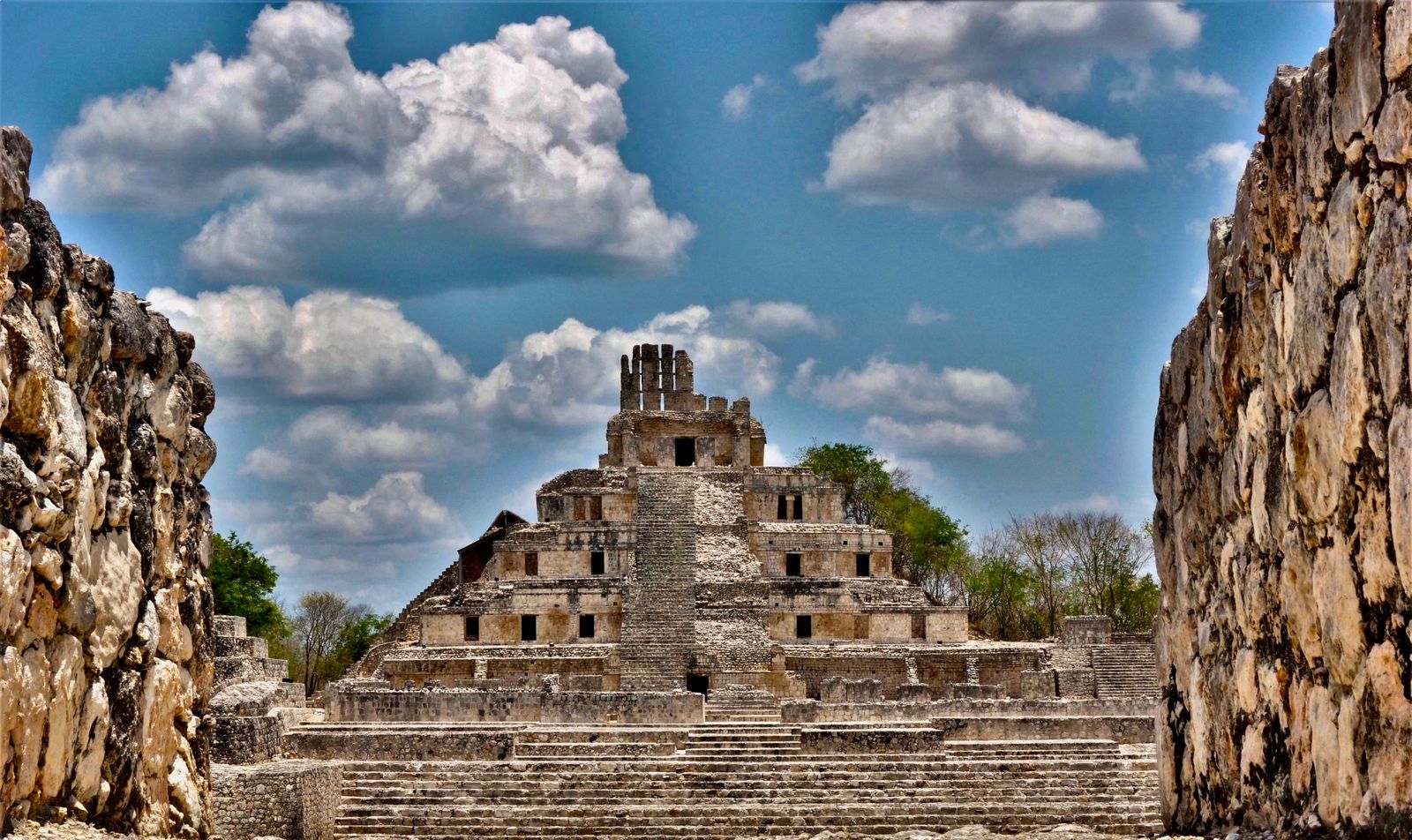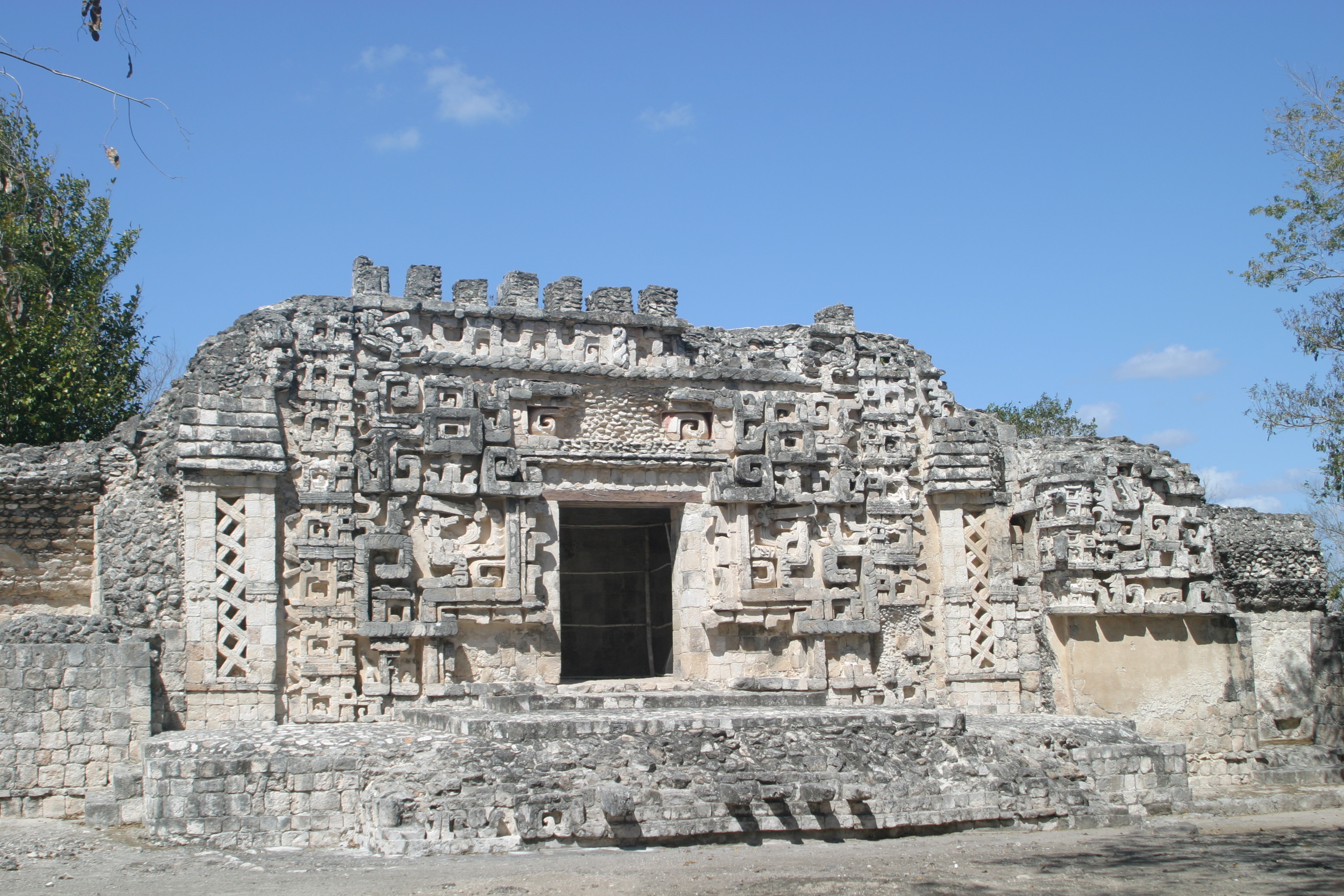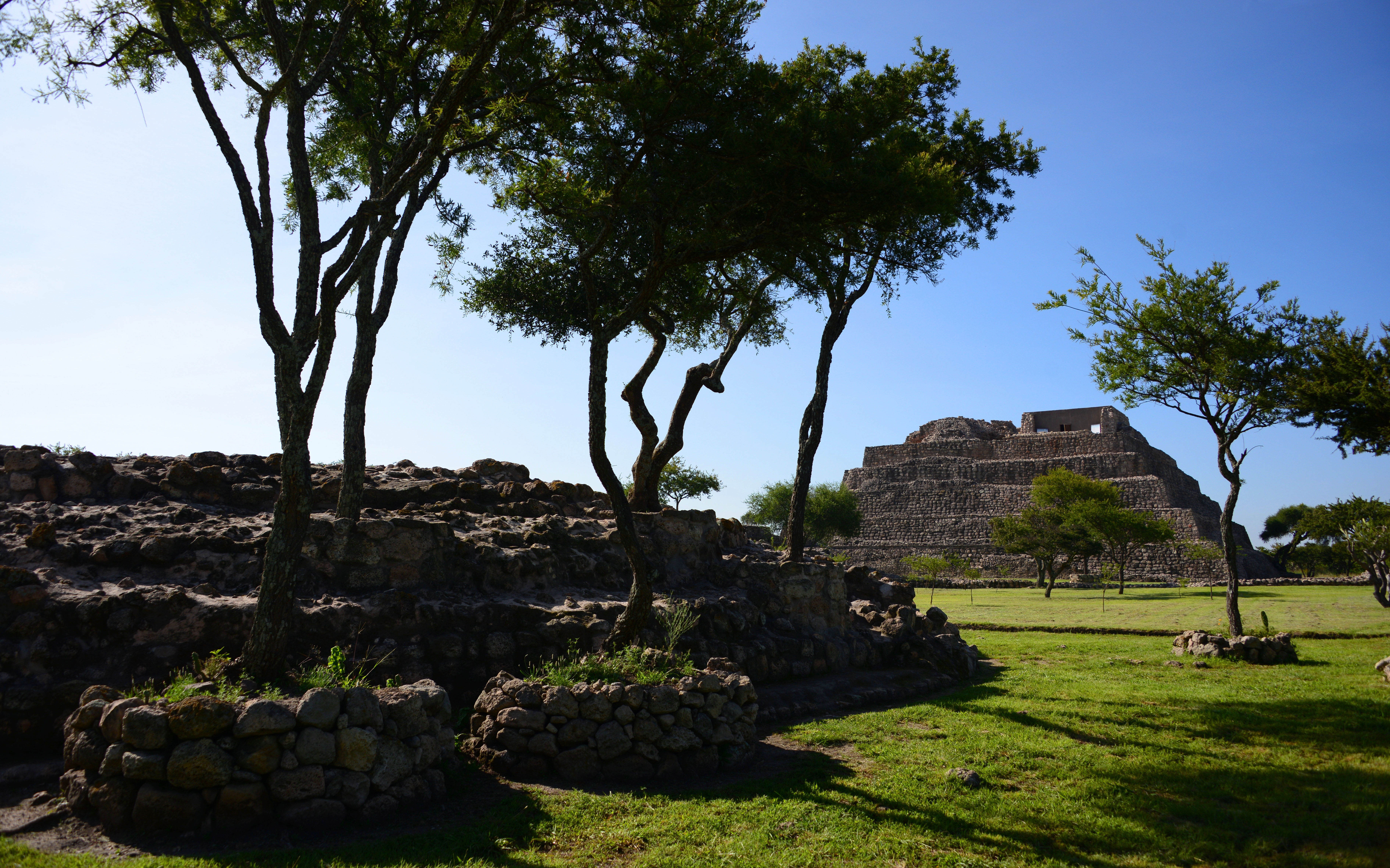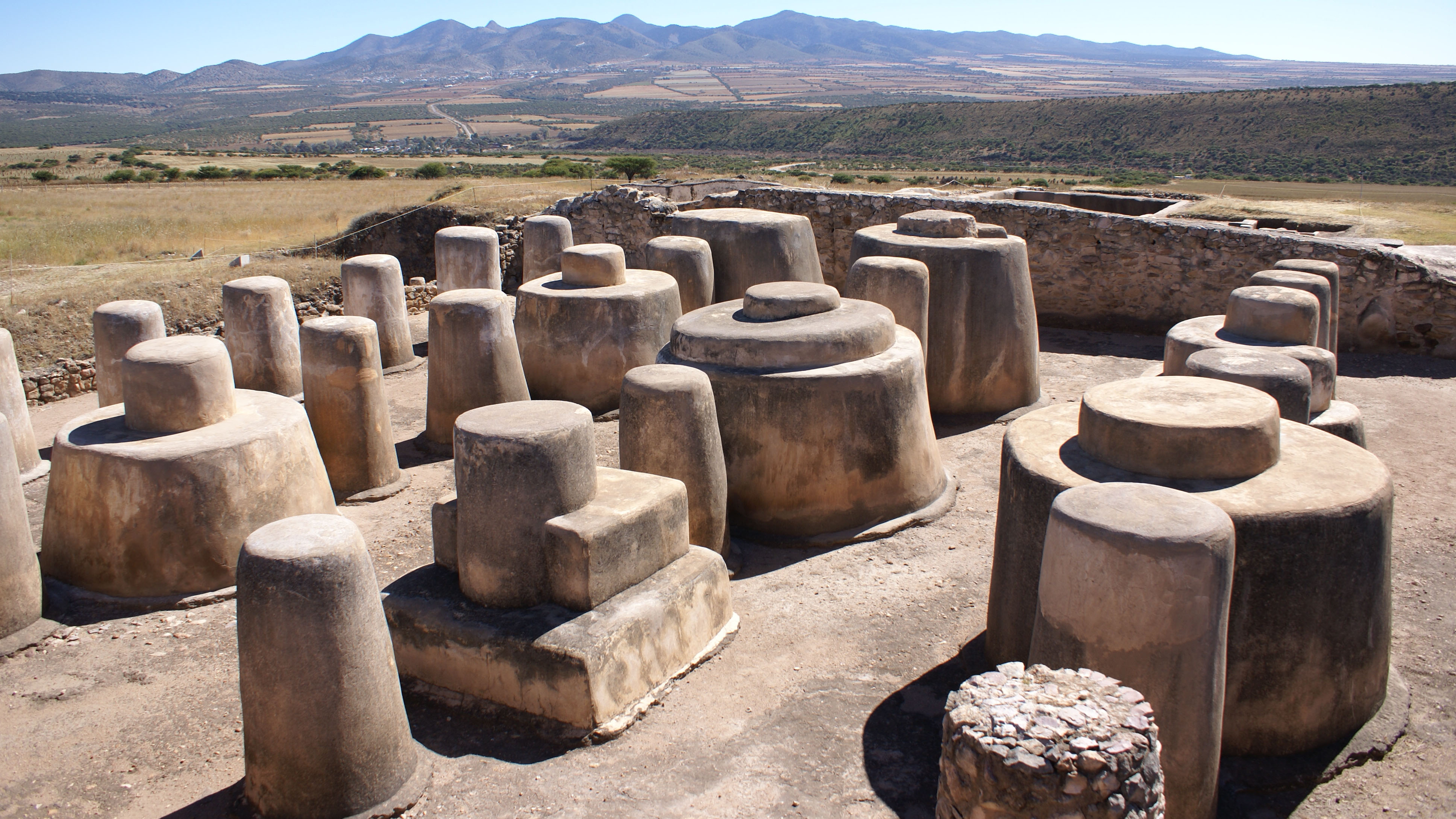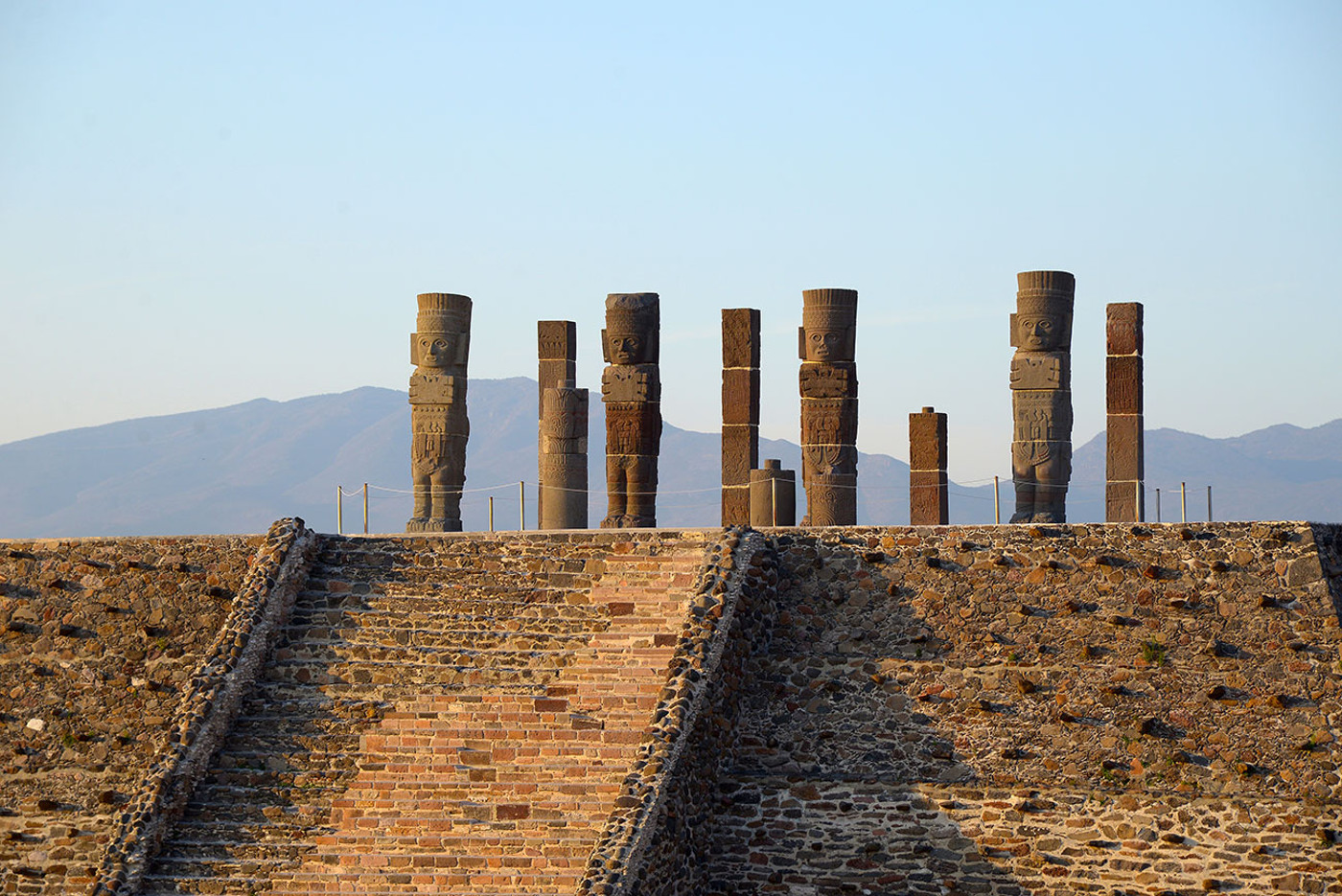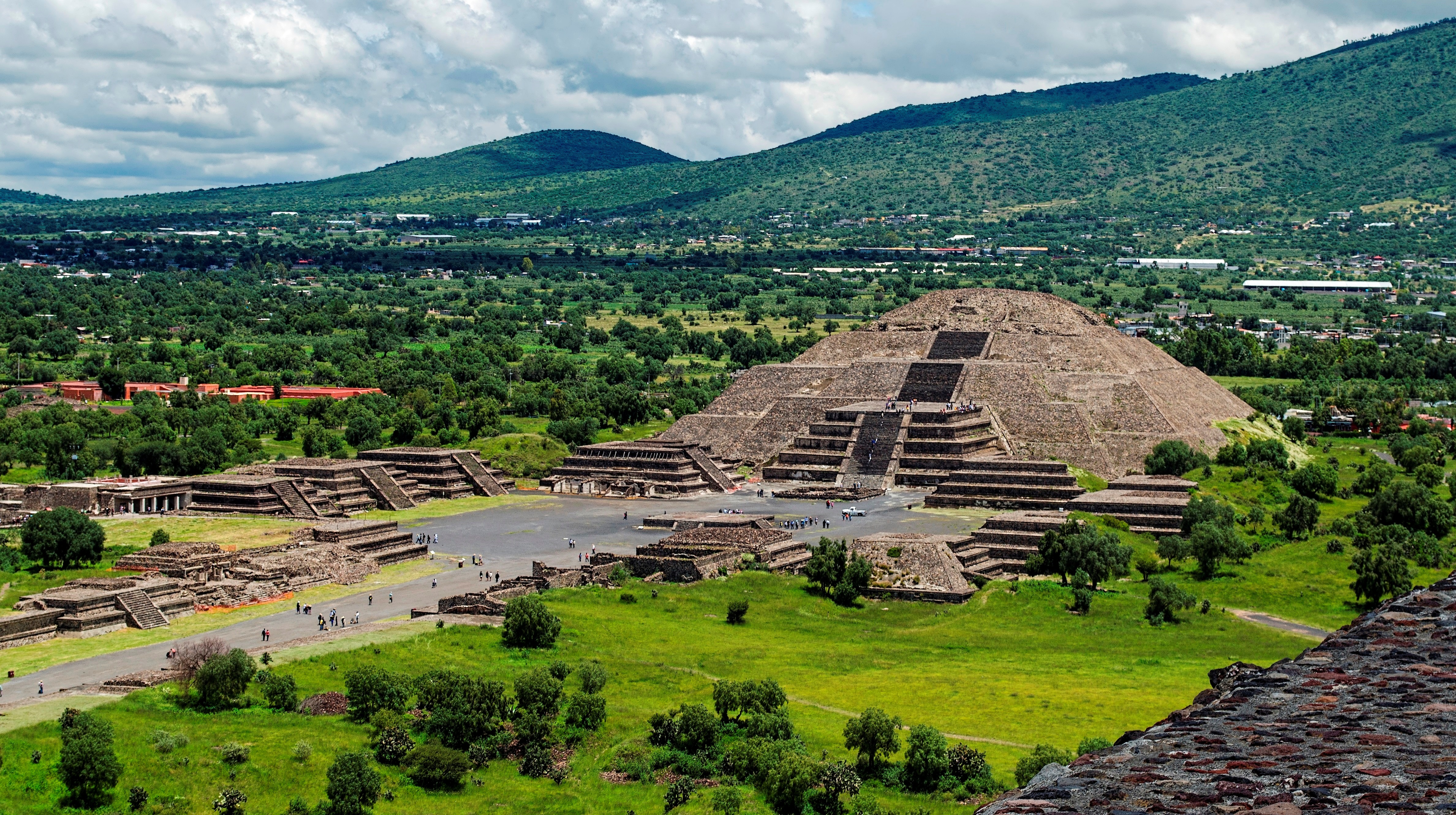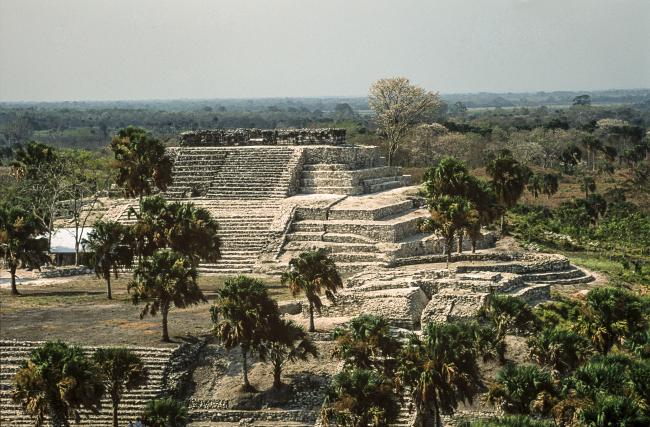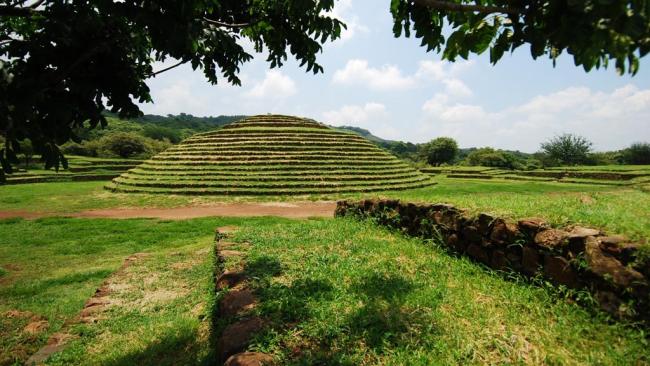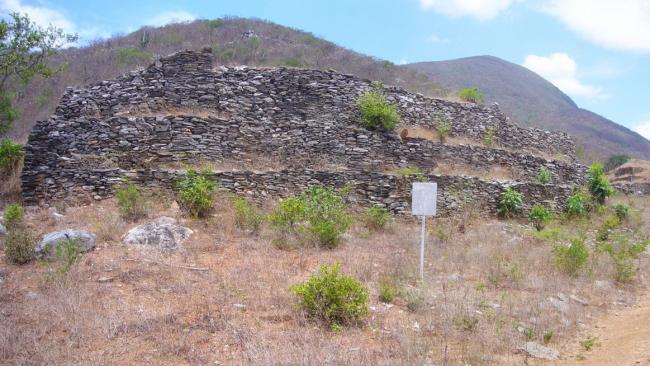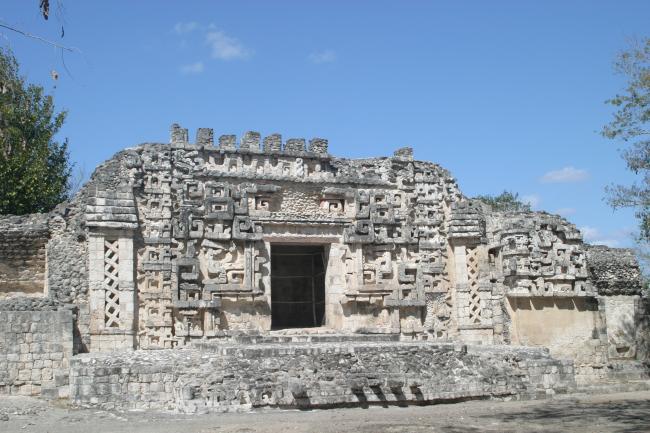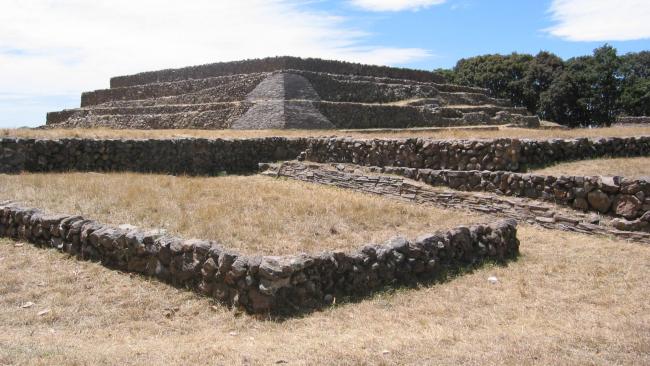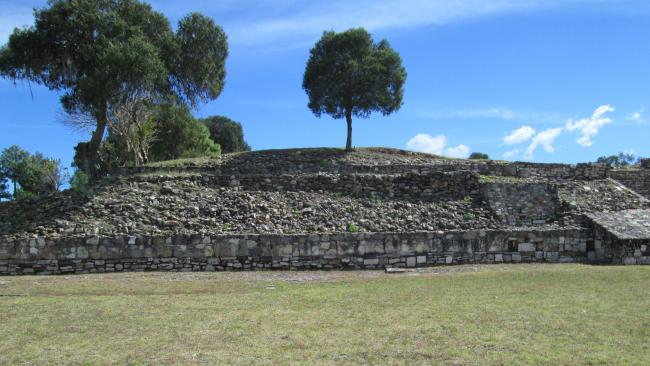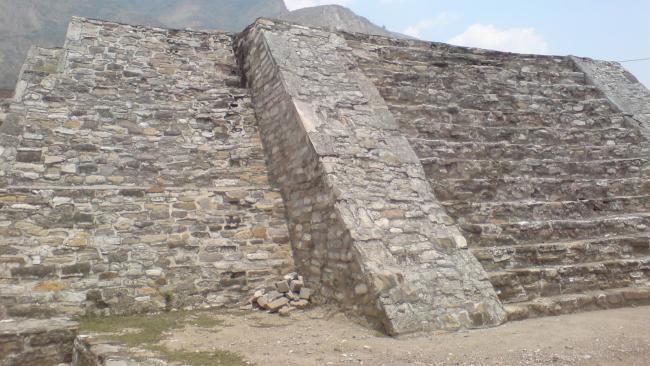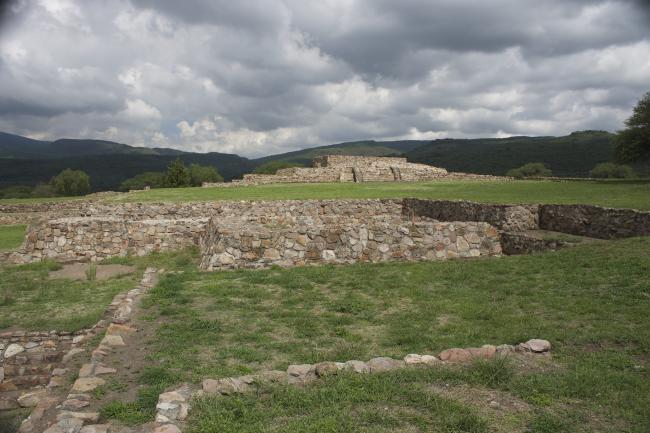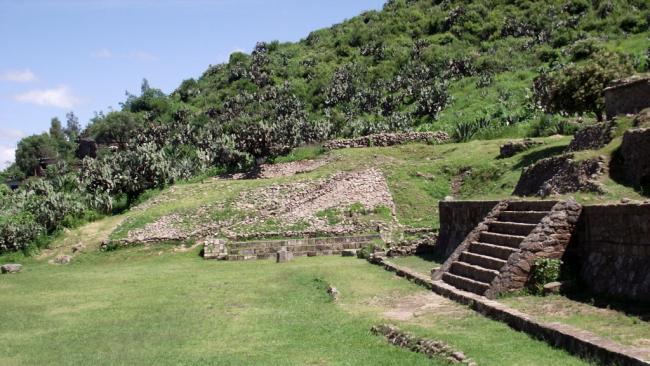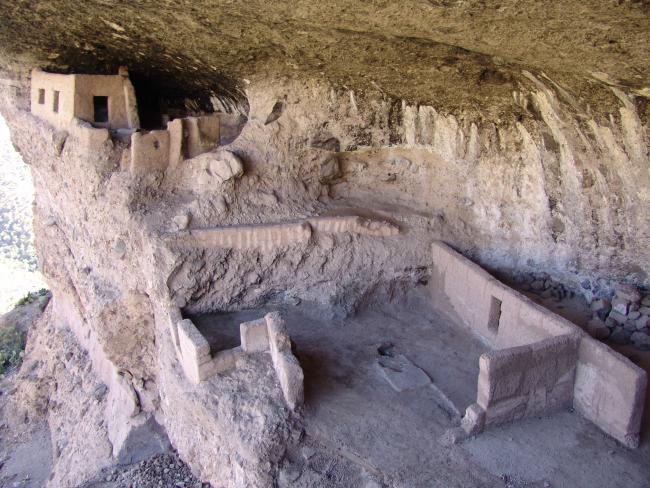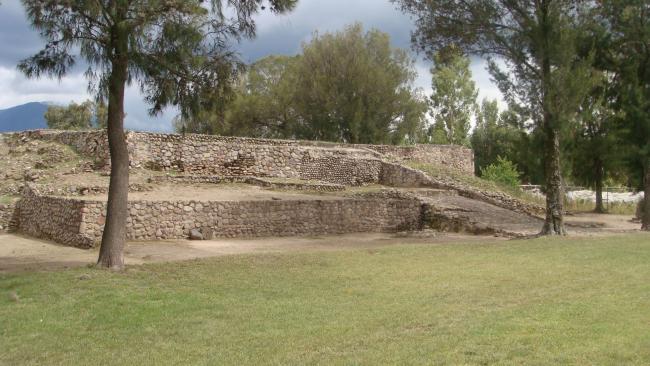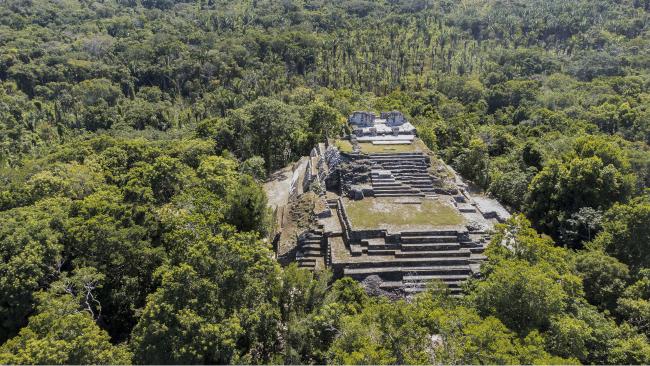
Zonas Arqueológicas
El Tigre
Capital of the province of Acalán, also known as Itzamkanac, El Tigre is situated on the banks of the river Candelaria and was renowned for its trading activity. Notable is the ceremonial center with the large stucco masks. It is believed that Hernán Cortés executed Cuauhtémoc here.
Guachimontones (Teuchitlán)
A ninety-minute drive from Guadalajara, in the region surrounding the Tequila Volcano, this was one of the most important sites in the west of Mesoamerica. Notable for its urban layout, original architecture with conical structures, broad staircases and circular elevated platforms.
Guiengola
It is believed to have been a fortress for defense against hostile groups, and at the time of the Conquest it was a Mixtec administrative center.
Hochob
The elaborate Maya decoration causes a sense of wonder with features such as the facade of the Main Palace, where the entrance is an enormous mask of open jaws and fangs at either side, in the shape of a monstrous mouth.
Huamango
This important Otomi settlement was built in the upper part of the plateau of San Miguel which was a perfect site for monitoring movements in the valley of Acambay, or Los Espejos, in the State of Mexico.
Huamelulpan
One of the main urban centers of the Mixtec culture, outstanding for its monumental architecture and sculpture, carvings with calendar signs and a ballcourt related to a ritual which often culminated in human sacrifice.
Huamuxtitlán
Inhabited by Tlapanec groups who maintained trading relations with the Mixtecs, the place was subjugated by Nezahualcoyotl and became a bastion of the Triple Alliance, as can be seen from its architecture and associated offerings, illustrating the warlike ideology of the peoples of central…
Huandacareo La Nopalera
Originally a typical Cuitzeo Lake settlement, the same site was developed into a seat of public administration for the Tarascan state, where justice was imparted, rituals were celebrated and rulers were buried, and therefore it did not have a large population.
Huapalcalco
The earliest archeological site in Hidalgo, with remains of cave paintings and a dramatic backdrop formed by sheer rock faces.
Huapoca
The rocky shelters of the Chihuahua sierra house dozens of human settlements separated by great distances. The houses are three and four stories high, inside the caves and built of moulded clay. Their “T” shaped doors are a characteristic of Paquimé.
Huexotla
Situated near Texcoco, this pre-Hispanic city was one of the most important settlements of Acolhuacan. It covered an enormous area, extending beyond the boundary marked by a great wall 765 yards long by 23 feet high.

